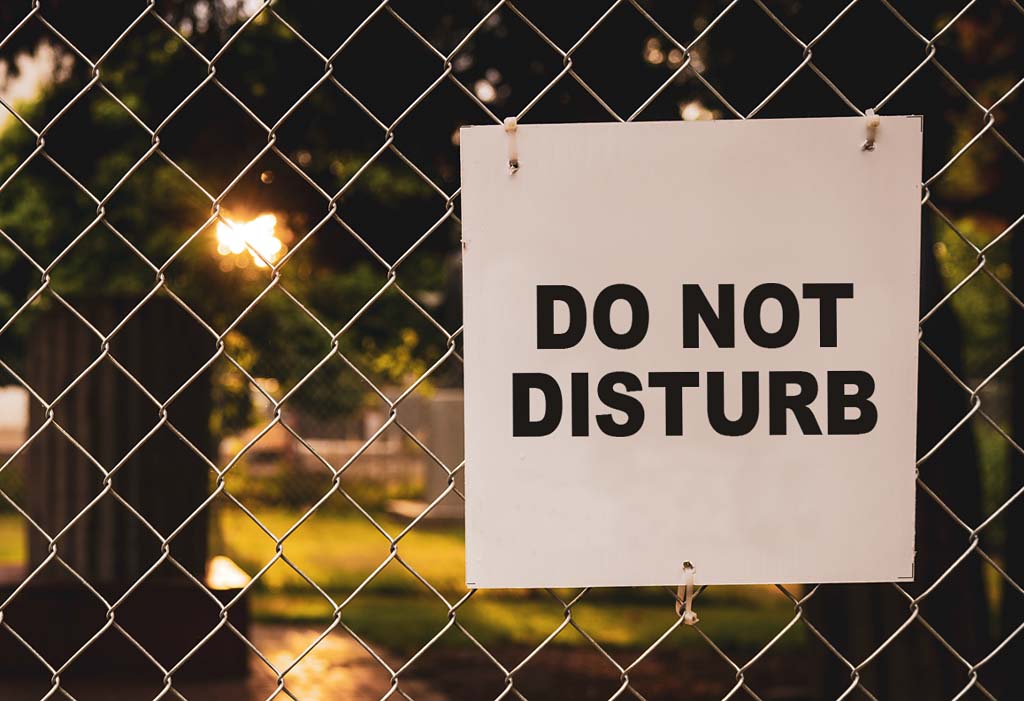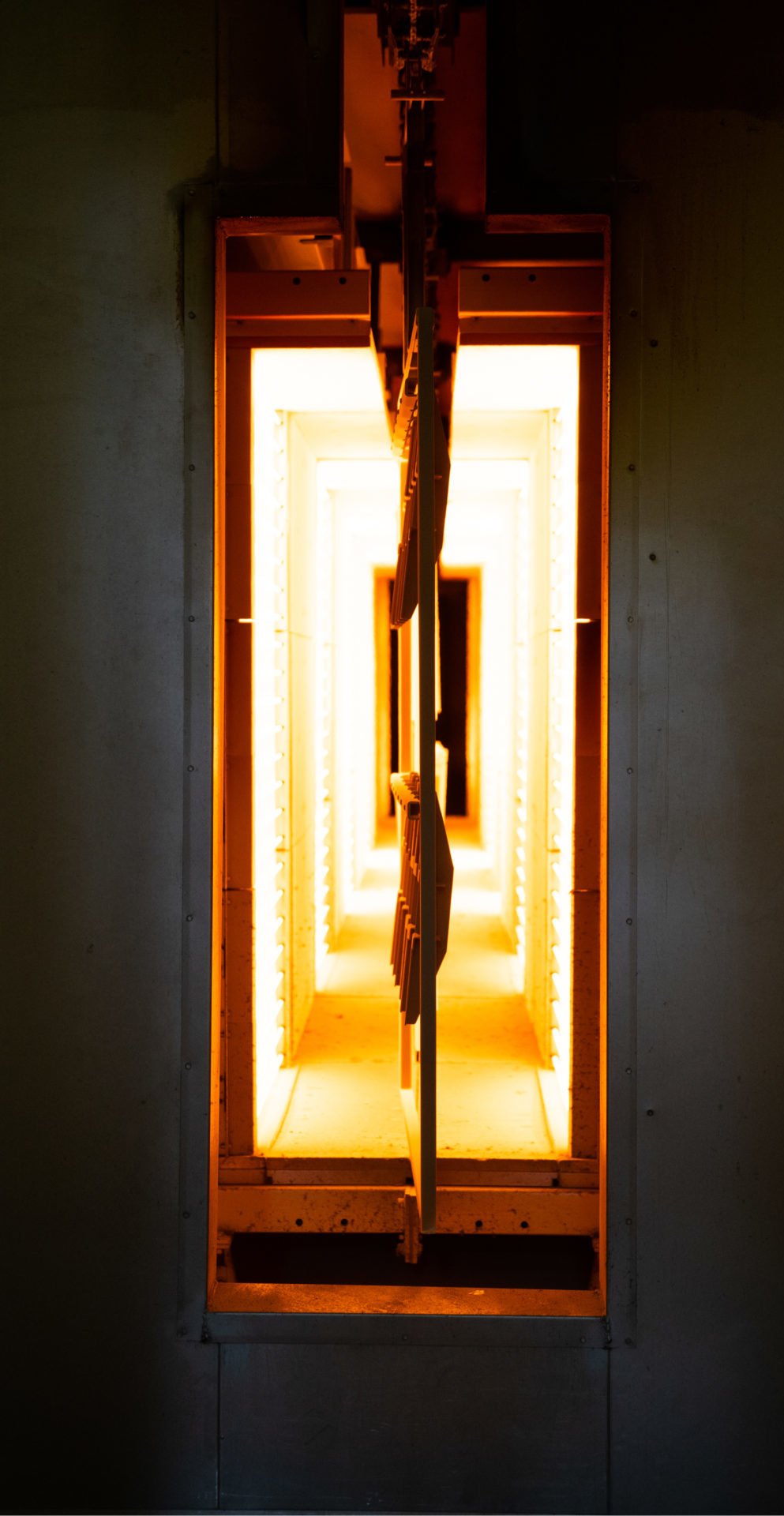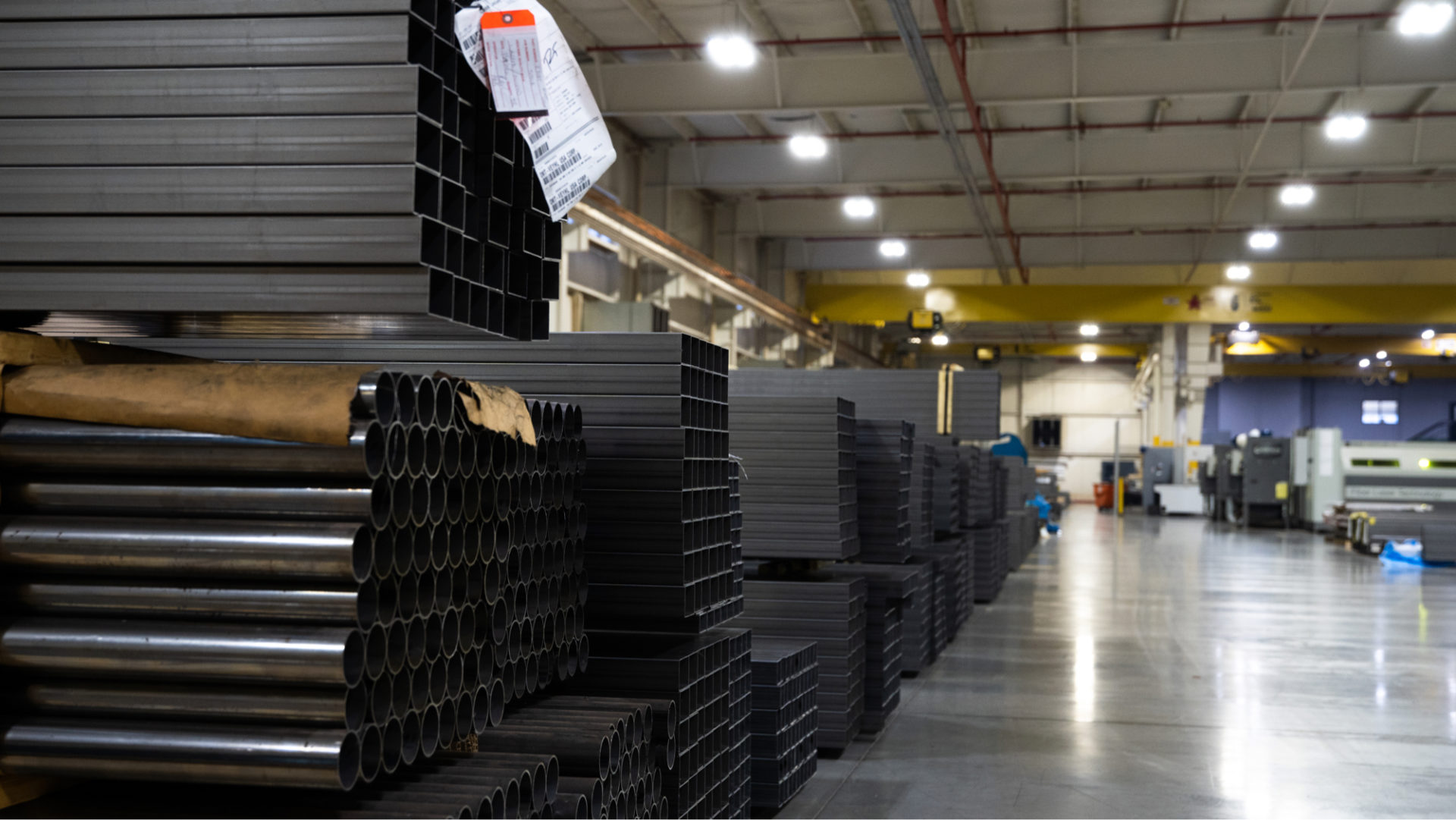
Have you ever thought about how interruptions at work affect the quality of your results and the effort you continue to invest?
The simple question – “Do you have a minute?” – can lead to long distractions and hours of additional work. Rarely, do these quick tasks actually have only a minute-long impact on our work.
Before looking at interruptions, it’s important to recognize the different types. First, we distract ourselves – with technology, like emails, or through random tasks that can fill our time. Second, others distract us – by taking our attention away from the task at hand and into something else, like a conversation or an additional assignment.
But, if these are simple, quick interruptions, do they really matter in the long run?
The Transition Takes Time
For quite some time, people have been aware that multitasking is a “myth”; about 90% of humans don’t have the ability to focus on multiple tasks at once. Instead, we rapidly switch back and forth between thoughts and tasks, only giving partial attention to each item at a time.
However, the same type of attention span is given when task-switching. For example, an interruption may claim five minutes of your time; except, you now need to reassemble your resources, thoughts, and mental morale before you can begin with your original job again.
To average, this shift in thinking and any interruption to our “flow” that is over a few seconds, can easily cost us anywhere from 10 minutes up to an additional 23 minutes, according to a University of California, Irvine study.
Because of this additional time, people often feel more rushed to complete tasks after a disruption. This leads to reported levels of higher stress and frustration, as well as lower-quality and less thought-out work.
Visual Indicators and Setting Limits
The key to handling work intrusions is to set limits and expectations. For personal interruptions, give yourself time limits when you are allowed to engage in certain activities and force yourself to stay away from the distractions in the other times. For example, begin your day with time for your email, but during meetings or times of high focus, stay away from checking for anything new.
Creating open communication with your company is crucial. Employees need to set limits for themselves while also being understanding and patient when they must wait for a response from someone else.
In order to make this happen most effectively, visual indicators of availability are vital. Some interruptions are important while others are insignificant, but the timing that these occur can make a big difference.
For example, a visual stoplight indicator is an effective way to communicate your time. This would have one setting for people to know that an employee should be concentrated and is not accepting interruptions (red light), a setting for times when interruptions wouldn’t be ideal but are fair if necessary (yellow light), and setting for when questions and interruptions are acceptable (green light).
While some emails have functions to make this possible, a physical indicator is important for the in-person interruptions. As people approach, they will easily be able to tell if now is a good time or not, and can make a decision without redirecting your attention to ask.
This becomes especially important in social spaces. Working in a closed office can feel redundant and an employee might choose to get work done in a more open space; however, these spaces often don’t have easy methods to signal if you can be approached.
Give, for example, a company that holds regular customer meetings in social spaces. A visual indicator would be important so that a passing-by employee would know if it is a coffee break with a co-worker that can be interrupted or a vital customer meeting.
A clock is another idea for a feature on a visual indicator. These are important in order for employees to know how much longer someone believes they will be unable to talk. This should eliminate employees from feeling hopeless when they have a question for someone whose has on a “do not disturb” setting.
OMT-Veyhl’s Approach
Do you have any other ideas for how these products could be useful to you and your company? While the current focus of these products is to eliminate interruptions at work, your team may find that these product features are just the solution you need for a dilemma your company has been facing.
However, if interruptions are the lingering problem for your company, what additional concepts might you have to solve this? OMT-Veyhl is currently researching and prototyping these products, and is open to your unique ideas!
We pride ourselves on the tight integration of our design, engineering, and manufacturing teams. The collaboration between industrial designers, engineers, and equipment operators enables rapid innovation to develop manufacturing-ready prototypes in record time.
If your company has an idea and needs a partner they can trust, contact OMT-Veyhl to learn more about our custom manufacturing capabilities. You might be surprised at just how empowering working with OMT-Veyhl can be.


Recent Comments